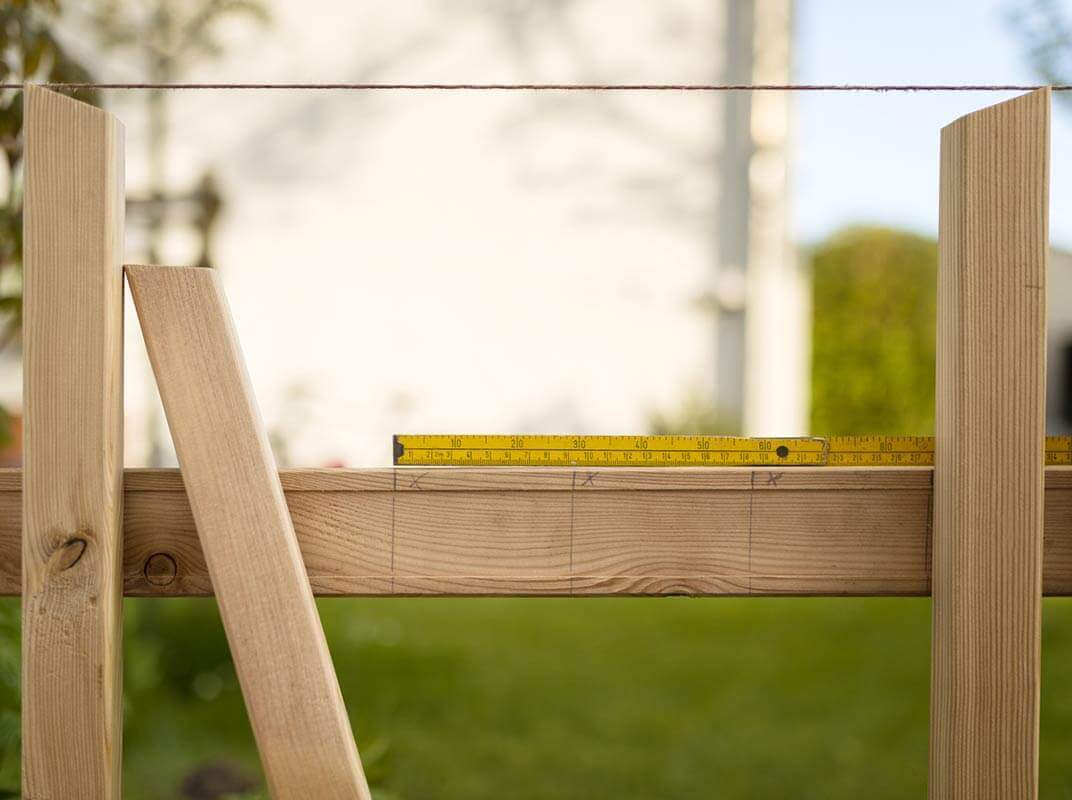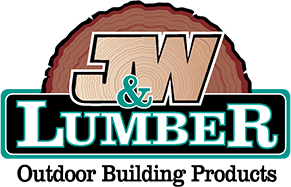
It’s easy to get excited by the idea of transforming your yard by installing new fencing.
But what if your ideas are way outside of your price range? Or what if your budget will go further than you realized and you miss out on upgrades you didn’t know you could afford?
Pricing a new fence depends on many variables, but by taking a look at the major costs associated with installing or upgrading your fence, you can get a better idea of your own final price range.
How fencing costs are calculated
Fencing is calculated by the lineal foot (also called a “linear foot”). A lineal foot is simply a straight line measurement from point A to point B. When calculating your new fencing investment, always think in terms of costs and ratios as they relate to a lineal foot.
To determine a basic starting point for your fencing costs, head out to your yard with a long measuring tape. Start by measuring a single post plus one section (the distance to the next post), then calculate how much material will be used in that section (this will depend on the height of the fence).
To determine the price per lineal foot, divide your materials cost by the number of feet in that section. Remember to add in the cost of a finishing post to cap off the end of the fence. Once you have a price per lineal foot, you can begin calculating rough estimates for different fencing material options.
Materials matter
As with any construction project, the materials you use will affect your final cost. On the less expensive end of the spectrum, classic cedar fencing is more durable than softer woods like pine (which you shouldn’t use, unless you want to replace your fence often). Cedar’s natural oils also repel insect damage and resist rotting.
If you’re looking for more curb appeal, redwood and Western Red Cedar are an attractive, longer lasting option. Finally, if you want to splurge on gorgeous fencing that will resist wear and tear for decades, invest in hardwoods like IPE and Mangaris.
A standard white vinyl fence is also an affordable option, since it will compete with hardwoods for longevity, but with a sticker price that matches less expensive woods.
The gate makes a difference
The type of gate you choose has huge impact on your final cost. Basic wood gates are much more affordable than, say, a custom electric gate with a built-in door.
Pre-fabricated gates take the design burden off your shoulders and feature a variety of attractive options that match your aesthetic. Sederra has a great line of ready-to-install gates that look stylish and are built to last. ActiveYards makes an affordable, easy-install gate kit that slots right into your ActiveYards system. GateMate manufactures both standard and heavy-duty kits to frame out your gate in the same lumber that you bought to build your fence.
If you really want your gate to deliver a “wow” moment, go for custom. High quality wood like clear cedar and professional mortise and tendon construction techniques demonstrate craftsmanship in a stand-out decorative gate. Custom-designed gates can be adjusted with fine details to match your exact specifications—but your budget will reflect this.
DIY or hire a contractor?
After you have calculated the cost of materials, consider whether you will be installing the fencing yourself or if it would be more efficient to hire a contractor. Of course, if you decide to DIY, your labor costs fall to $0. However, you’ll need to evaluate whether or not you have the time and experience to install your fence correctly.
If you do decide to hire a fencing contractor, your labor costs will roughly equal your materials cost. Once you know your materials price per lineal foot, doubling that cost will put you in the ballpark of what you can expect to ultimately spend on your fence.
Unique variations in your project will require adjusting your cost. Sloped ground, complicated materials, special designs, challenging soil types (ex. granite vs. dirt), gate type (pre-built vs. custom, metal vs. wood gates) will all impact your pricing. Finally, many contractors will quote only the installation price, not finishing labor like sanding and staining. These final touches usually require applying stain on two separate days to ensure moisture extraction, with associated labor costs. Ask your contractor to specify exactly what is covered in the estimate.
Every project will have its own unique specifications, challenges and installation requirements, so there’s no way to tell what your final cost will be until you actually price out your materials per lineal foot and start getting bids from contractors. Remember, if you share a fence line with your neighbors, it never hurts to reach out and ask them to split the costs in exchange for installing a “good neighbor” fence that looks great from both sides. Once you begin roughing out the cost using the steps above, you can start to plan (or start saving up) for an eye-catching new fence that will stand up to the elements.

Looking to install a new fence and gate ASAP.
1715 Robinson ave, San Diego 92103
691-307-9496